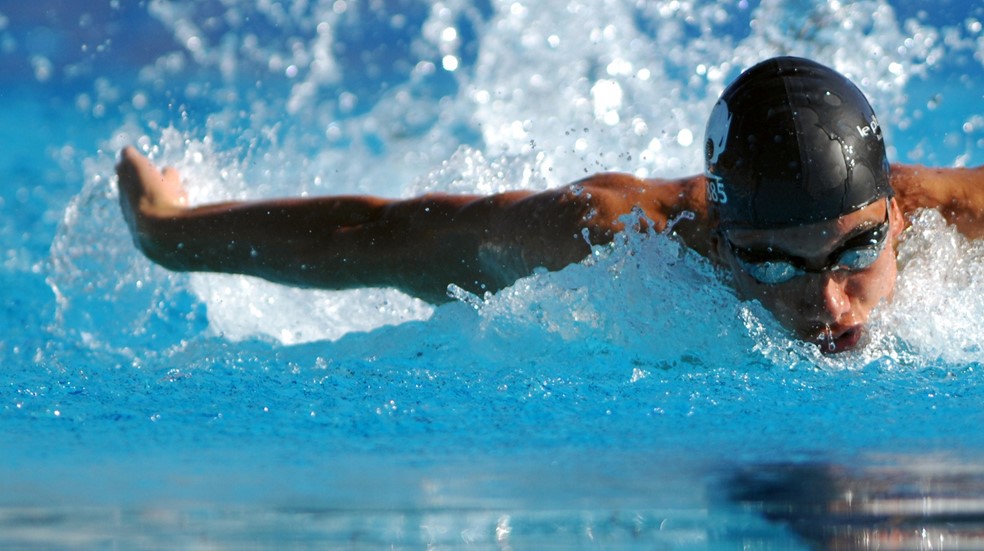|
Good butterfly swimming is fun to watch although learning to swim butterfly is often regarded as the most difficult stroke due to its unnatural style. But it does not need to be! Yes, the butterfly stroke requires the most upper body strength of all the four swimming strokes, as the arms must recover over the water. And true, it is usually taught as the final stroke to swimmers who want to learn the four swimming strokes, due to the demands of the stroke. But learning to put this stroke together with the correct technique, can be a fantastic new swimming stroke within your weekly training sessions. Competitive freestyle (frontcrawl) swimmers often train on butterfly workouts to help develop their upper body strength. Triathlon swimmers are training on this stroke more and more and seeing the benefits of the use of butterfly in their training sessions as they pull though the water more powerfully. Building your butterfly stroke Learning to swim butterfly with ease and confidence takes practice. This stroke developed over the years from breaststroke, initially swum with a breaststroke kick rather than the dolphin kick that is commonly used today. The undulating, wave like motion developed as the dolphin kick became the most efficient way of swimming the butterfly stroke (with two dolphin kicks per arm stroke ultimately become the fastest way of performing the stroke without interfering with the powerful double arm pull). The butterfly stroke is best known for its undulating movement of the body, with a dolphin leg kick that comprises of both legs kicking down and then upwards simultaneously. Building the timing of all elements of the stoke (the arm cycle, the breath sequence and the leg action) is taught by developing each part separately by our Strictly Swimming Coaches in a series of progressive drills. Ultimately, all parts will be combined together and you will be swimming the full butterfly stroke. Therefore, whether you simply want to learn butterfly as a new skill, or add to your triathlon training to develop upper body power and strength, our coached swimming lessons will help you develop your technique and achieve this. Comments are closed.
|
AUTHORPaul started competing in swimming from the age of 8 and eventually went on to represent his country all over the world. During his time at University, Paul specialised in Aquatics and the Biomechanics of Swimming and produced numerous theses on swimming performance. TOPICS
All
ARCHIVES
June 2024
|
Let's connect!
Copyright © 2024 Strictly Swimming


